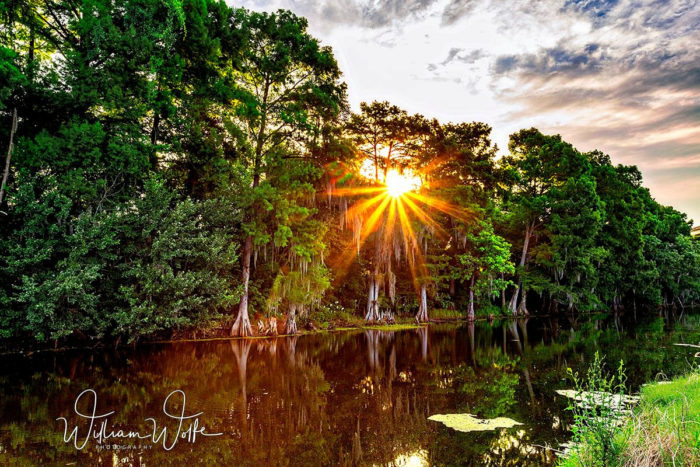Color Modulation
by Phil Novak
When I started this project, the goal was to attempt to work with the color modulation technique and apply it to a 1 tone vehicle.
I chose the BT 7 as it was a fairly straightforward build, and made a great model right out of the box. Assembly was easy and quick. Follow the instructions and you should have no issues.

I started the color modulation project by first applying a coat of Vallejo grey surface primer. I sprayed it straight from the bottle at about 12 psi from an Iwata airbrush. The key is thin coats, not trying to cover it all in one pass. Once that was dry, I sprayed the black primer in areas that would be heavily shadowed, such as under the fenders, the areas under the turret, and on the engine grills.
This isn’t really a pre shading, as I am not trying to make panel lines or fixtures stand out at this point, so don’t confuse it as such. It’s really a different technique, where we are just trying to lay the black into areas of deep shadow.

After the primer was dry, I started laying in various green tones, on the panels and fixtures. This highlights the different panels and fixtures and creates a tonal richness that eliminates the boring look of a one tone vehicle. I started with Vallejo Russian Green, and added lighter shades of green as I began to highlight different panels and fixtures. When complete, it looked like this:
As you can see, at this stage it looks rather stark and strange. The next stage, adding filters, will start to unify the model and create a more realistic look. I feel that it is important to note that at this stage, before filters, adding a satin clear coat over the model is really important. Not only does it give a great surface for the filter to flow over, but serves to protect the base coat as we begin weathering. In the picture below, various filters of brown and green have been added, some over the entire model, and some over just parts.

Add filters until it looks right to your eye, keeping in mind that using multiple layers and colors can add richness and life to the model. MIG and AK Productions makes some great pre made filters, but you can always make your own with enamels, acrylics and oils.

The key is making sure that you are thinning it down enough, and are not letting it pool around the details. This will be done with washes later.
We are trying to unify the base colors, and create a tonal richness. Here we can see that the model is starting to come together:
Once you are happy with the tones created by your filters, some more specialized washes can be laid in. A pin wash around hinges, bolt heads, tools, and panel seams can cause these small details to stand out that would otherwise be hard to pick out.
Depending on the model’s base color, we can use a dark to medium brown to accomplish this. Also we can apply some rust colored washes to certain fixtures to vary the tone and create some further realism.
At this point, you can begin to lay in some surface details and paint chips. How far you want to go with this is completely up to you. Consider your subject as well. A modern US vehicle will not exhibit much paint chipping, whereas a beat up German WWII vehicle with winter camo may be really chipped up.
There are many methods to do this, from using a small brush to sponges and specialized fluids. I won’t go in to some of the more in depth chipping, as I didn’t use it on the BT7 and is beyond the scope of this article. For this, I used a small 3/0 Brush and a dark brown Vallejo paint that was kept pretty thick. Paint in areas that are most prone to wear, such as fenders, around the crew access hatches and engine decks. Ensure that you keep the effect irregular and only in areas prone to wear.

I finished off this model with some fairly heavy dusting. I used the MIG and AK pigments fixed on to the surface with the MIG Pigment fixer. For the horizontal areas above the fender line, I mixed up the pigments with a large amount of pigment fixer, and flowed it over the surface like a wash.
When this dries, you can still remove some excess pigments and soften the effect, or add more pigment to strengthen the effect. Below the fender line, I pooled some of the Pigment Fixer on the surface and then tapped a brush loaded with pigment over the surface. This was slowly built up until I had a nice splashed dust effect. Also, you can take wet pigment loaded in the brush, and then spray air from your airbrush to create a splattered effect, as was done on the rear and front fenders of this model.

Again, you can use as much or as little pigment as you want to achieve the effect you are after. Final touches on the model include fuel and oil stains from AK Interactive. This is a great product for this effect, and the stuff even smells like actual oil (work with some good ventilation when using this). All the small details were painted in with Vallejo Acrylics.

Photos by Phil Novak
